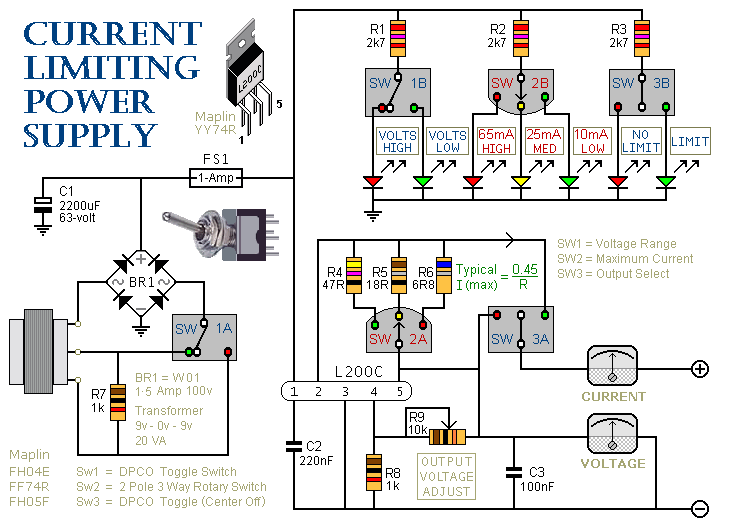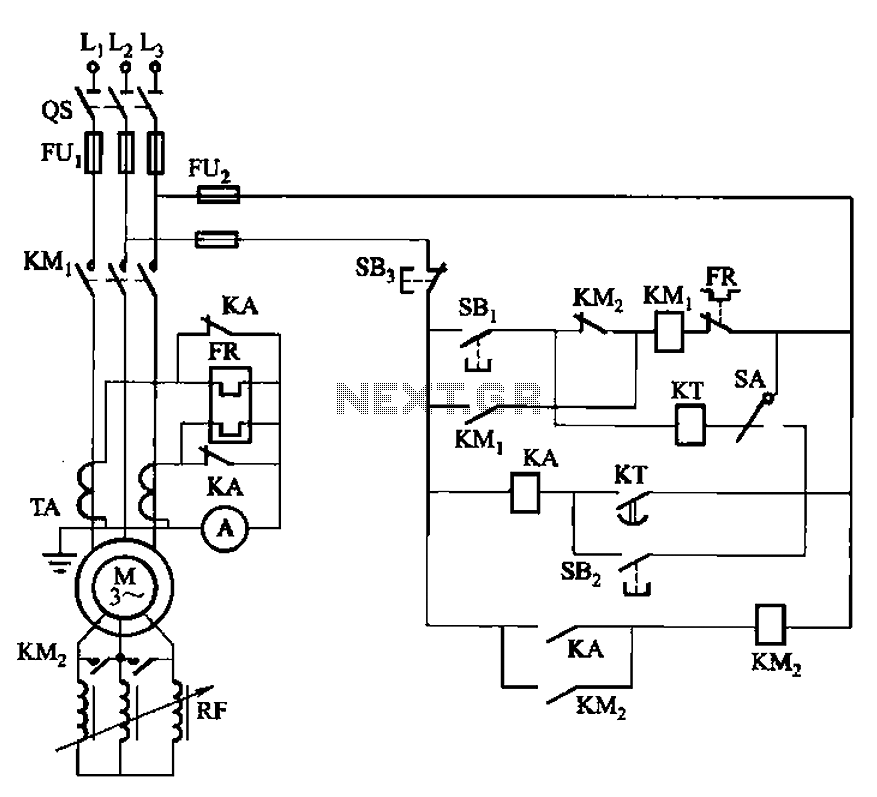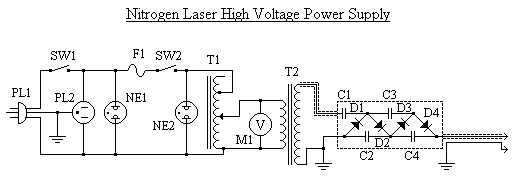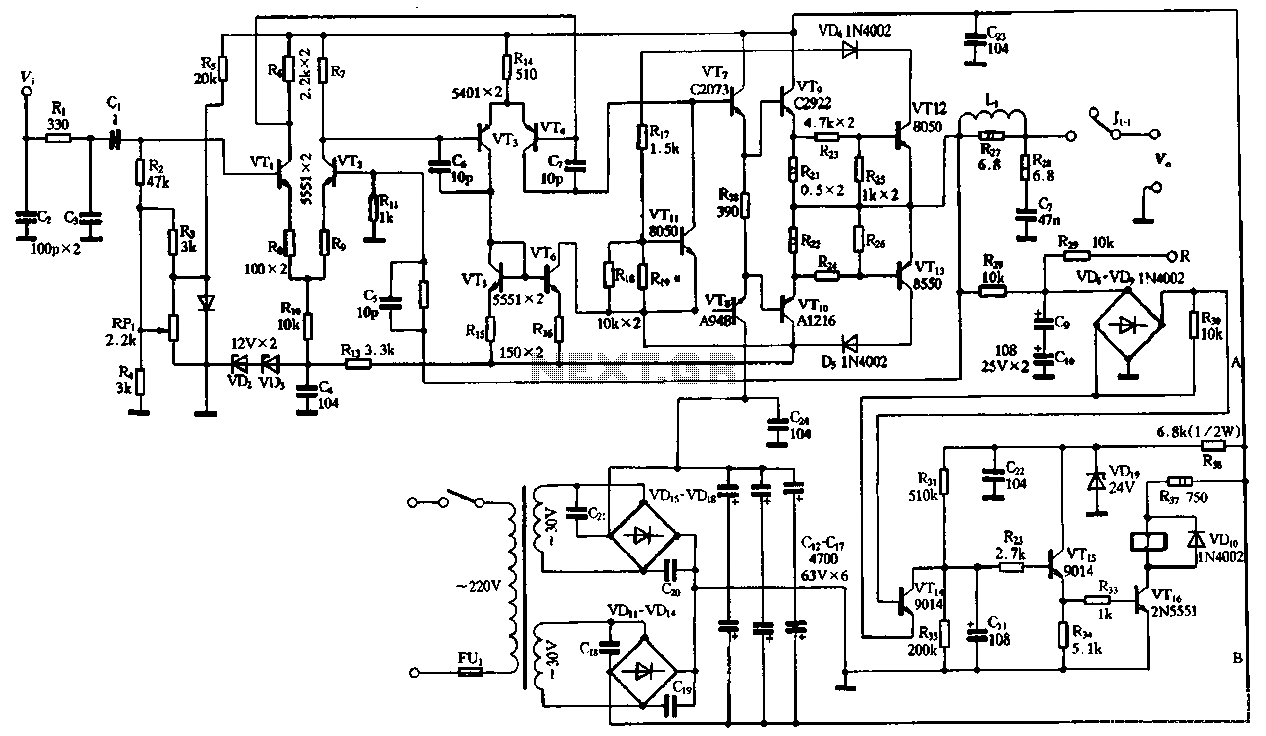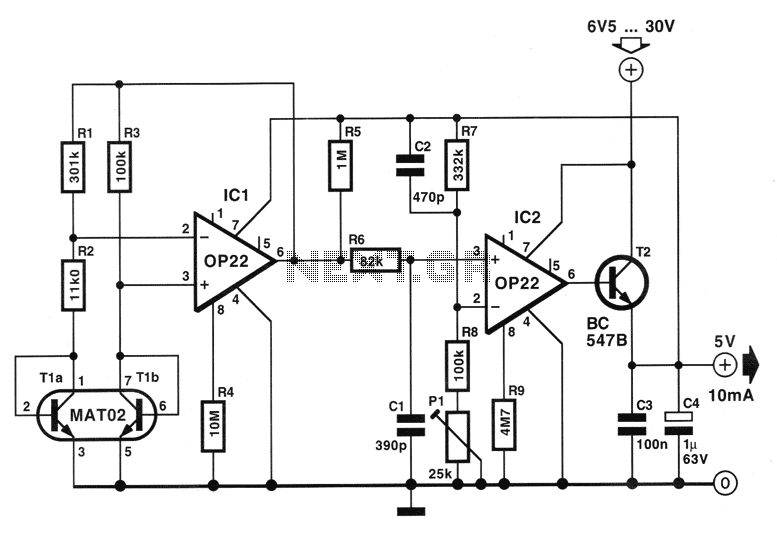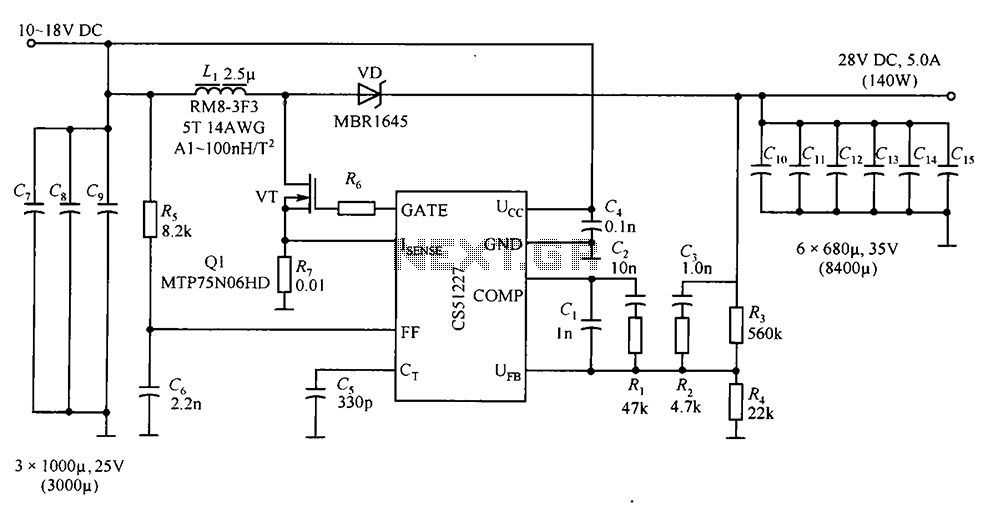
Automatic Room Power ControlCircuit CD4017 IC
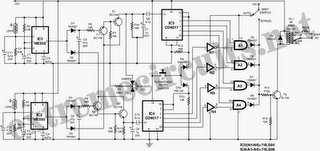
The following circuit illustrates an Automatic Room Power Control Circuit Diagram. This circuit is based on the NE555 integrated circuit (IC). Features include the use of two Light Dependent Resistors (LDRs).
The Automatic Room Power Control Circuit utilizes an NE555 timer IC configured in a monostable or astable mode, depending on the desired functionality. The primary purpose of this circuit is to automatically control the power supply to a room based on ambient light levels detected by the LDRs.
In this circuit, two LDRs are strategically placed to sense the light intensity from different angles or areas within the room. As the light intensity changes, the resistance of the LDRs varies, which in turn affects the voltage at the input of the NE555 timer. When the light level drops below a certain threshold, the NE555 activates an output that can control a relay or a transistor, thereby switching on the power to the room's lighting or other electrical devices.
The circuit may include additional components such as resistors and capacitors to set the timing intervals and to stabilize the voltage levels. The output stage typically consists of a relay that can handle higher current loads, allowing for the control of multiple devices without overloading the NE555.
This circuit is ideal for energy-saving applications, ensuring that lights are turned on only when necessary and automatically switching off when sufficient natural light is available, thereby conserving electricity and enhancing convenience in everyday usage.The following circuit shows about Automatic Room Power Control Circuit Diagram. This circuit based on the NE555 IC. Features: uses two LDRs, use .. 🔗 External reference
The Automatic Room Power Control Circuit utilizes an NE555 timer IC configured in a monostable or astable mode, depending on the desired functionality. The primary purpose of this circuit is to automatically control the power supply to a room based on ambient light levels detected by the LDRs.
In this circuit, two LDRs are strategically placed to sense the light intensity from different angles or areas within the room. As the light intensity changes, the resistance of the LDRs varies, which in turn affects the voltage at the input of the NE555 timer. When the light level drops below a certain threshold, the NE555 activates an output that can control a relay or a transistor, thereby switching on the power to the room's lighting or other electrical devices.
The circuit may include additional components such as resistors and capacitors to set the timing intervals and to stabilize the voltage levels. The output stage typically consists of a relay that can handle higher current loads, allowing for the control of multiple devices without overloading the NE555.
This circuit is ideal for energy-saving applications, ensuring that lights are turned on only when necessary and automatically switching off when sufficient natural light is available, thereby conserving electricity and enhancing convenience in everyday usage.The following circuit shows about Automatic Room Power Control Circuit Diagram. This circuit based on the NE555 IC. Features: uses two LDRs, use .. 🔗 External reference
